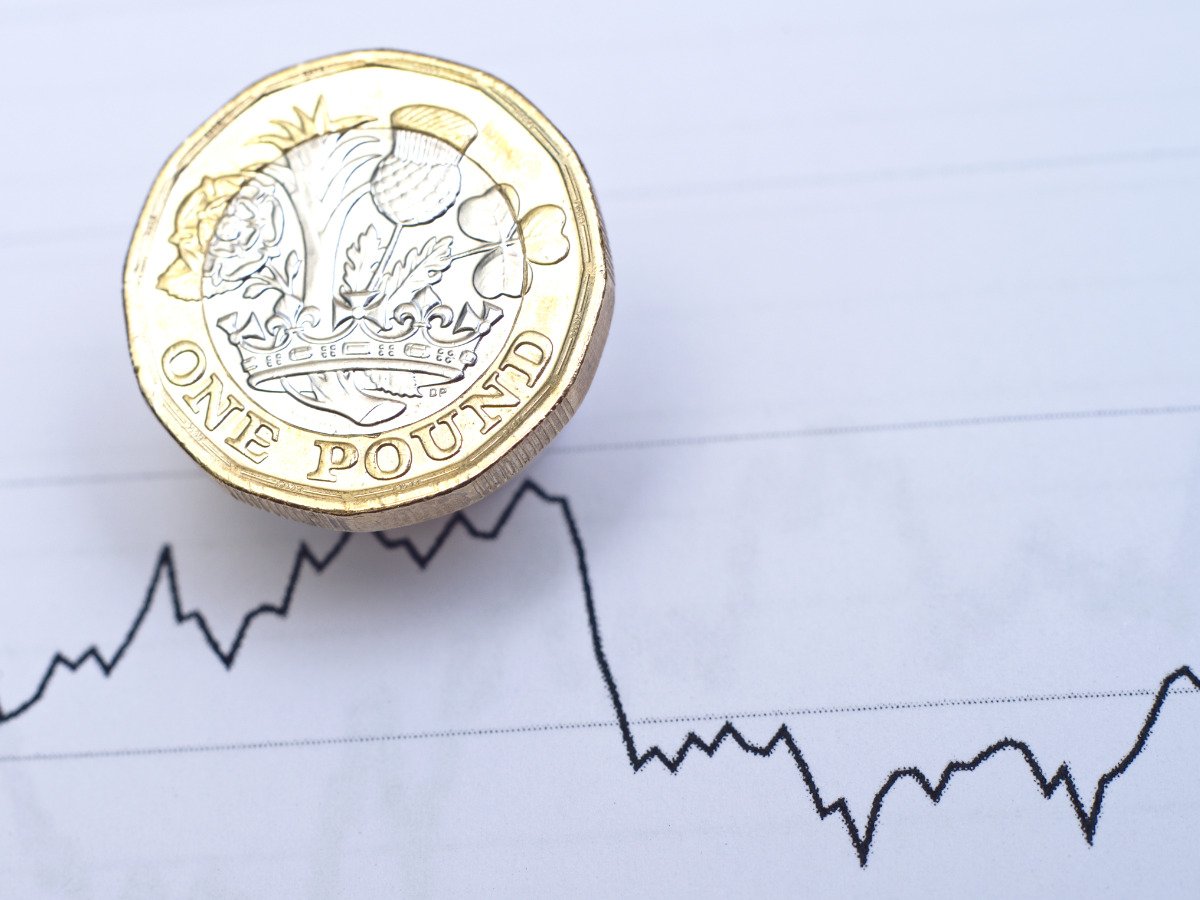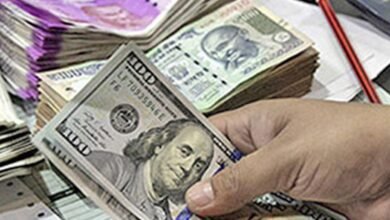Equity-Market Gains Underpin Pound, Sterling Recovers Vs Euro


The Pound to Euro (GBP/EUR) exchange rate dipped to 1-week lows just below 1.1650 on Friday before a tentative recovery to 1.1670 on Monday.
UK markets were closed for a holiday, but the FTSE 100 index posted a fresh record high in electronic trading which helped cushion the Pound.
The Euro held net gains in markets amid optimism over the Euro-Zone outlook, although the Bank of England policy decision is likely to be crucial this week.
According to Danske Bank analyst Kirstine Kundby-Nielsen; “We expect the MPC (Monetary Policy Committee) to soften its communication, priming the markets for an imminent start to a cutting cycle.”
Danske expects GBP/EUR will weaken to 1.1240 on a 6-12-month view.
Rabobank commented; “We anticipate the members of the MPC to do what is widely expected of them and to keep the policy rate at 5.25%. We think the vote will be split 8-1, as in March.”
It added; “The MPC may drop a stronger hint on the timing of that first cut at next week’s meeting. Wage growth and services inflation are still inconsistent with sustained 2% inflation. However, progress is being made, and the MPC may eventually decide to recalibrate the policy stance. We forecast a first cut in August.”
MUFG notes an improved inflation outlook; “The shift in the balance of risks should be captured in the updated inflation projections in next week’s Quarterly Inflation Report.”
It added; “We expect the updated forecasts to indicate a lower probability of inflation overshooting the BoE’s inflation target over the forecast period. In light of these developments, we have held on to our forecast for the BoE to begin cutting rates.”
The bank expects that the BoE will cut interest rates in June and weaken the Pound to below 1.15.
The final Euro-Zone PMI reading for April was revised higher to 53.3 from the flash reading of 52.9 and the strongest reading for 11 months.
Dr. Cyrus de la Rubia, Chief Economist at Hamburg Commercial Bank noted inflation risks; “Service companies successfully passed on a portion of the increase in operating costs, indicating improving demand conditions.”
In this context, he added; “The ECB is cognizant of this trend and is likely to proceed cautiously with regards to the extent of rate cuts.”
Danske also noted the inflation pressures; “In tandem with an increase in the PMI services price index the sticky services inflation poses a significant upside risk to the inflation and ECB policy rate outlook, especially with the economy slowly gaining speed again. The ECB essentially controls domestic demand, which ultimately drives service inflation and wage growth.”
Danske expects a June rate cut, but sees less scope for rate cuts; “However, we acknowledge that since early March the balance of risks has strongly pointed towards fewer than three cuts this year.”
The Sentix business confidence index improved to -3.6 for May from -5.9 previously which was the above consensus forecasts of -4.8, the seventh successive monthly improvement and the strongest reading since February 2022.
According to Sentix; “Situation and expectations are rising in small but steady steps. In Germany, too, we are no longer measuring negative economic expectations for the first time since March 2022. However, the situation remains weak.”
Sentix added; “Another exciting question over the next few weeks is whether the ECB will actually be able to cut key interest rates. The window for doing so does not appear to be very large. In addition to the improvement in the economy, we are also seeing a deterioration in the inflation environment, meaning that the bond markets are once again coming under greater pressure.”
Source link






